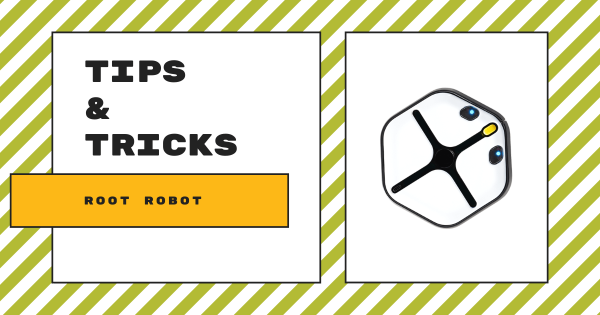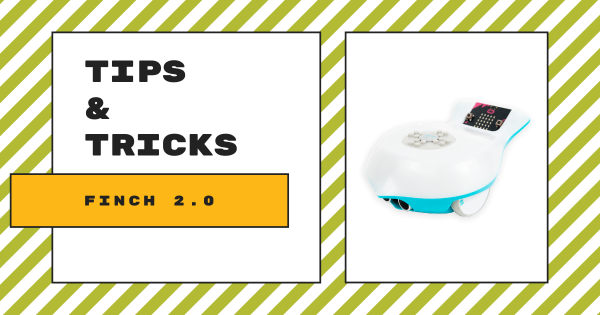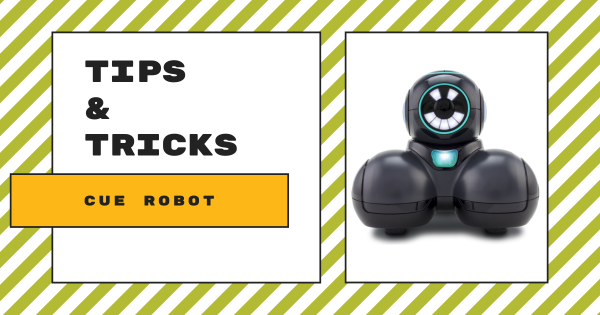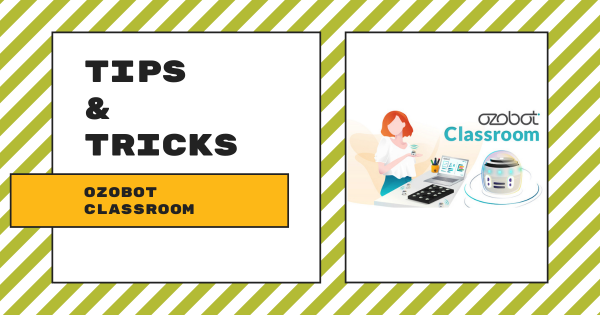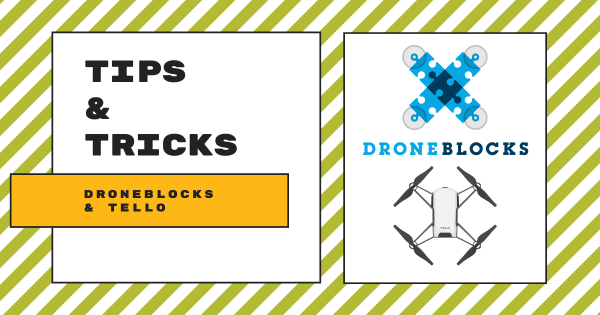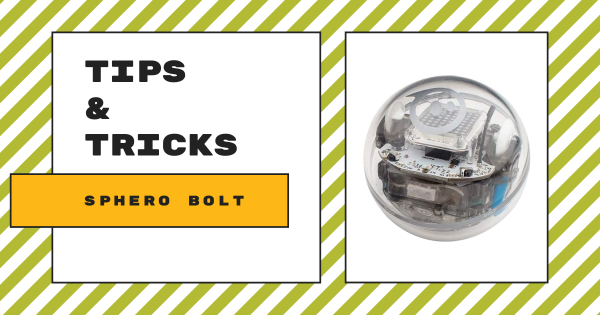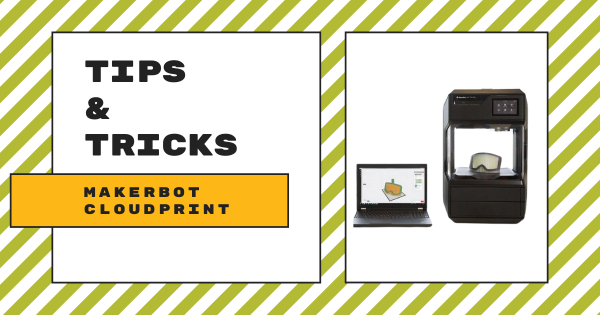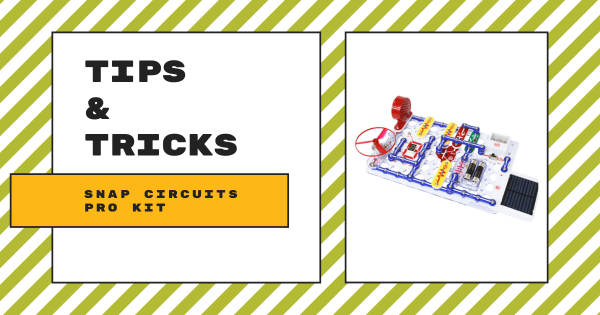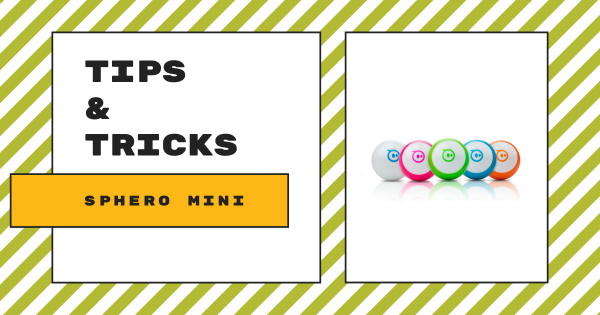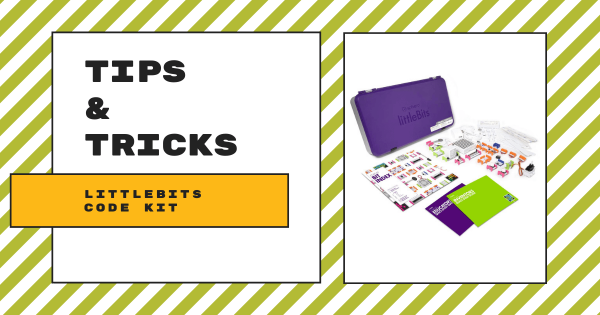The Root coding robot is one of the most versatile classroom robots in K–12 education. With three progressing programming levels and whiteboard climbing capabilities, it provides so much authentic value for both STEAM teachers and students—even helping introduce pre-readers to coding with its multitude of fun sensors and other programmable features.
Tips & Tricks
When it comes to integrating new EdTech tools effectively, it's understandable that some teachers are hesitant. In our Tips & Tricks series, we aim to help simplify integration for teachers new to certain tools. Since we offer a wide variety of STEM solutions on our store, both the EdTech brands and products that appear in this series are each extensive. Whether you are looking to learn more strategies for teaching coding with the Bee–Bot, trying to find some troubleshooting tips for the Dash Robot, or simply trying to broaden your EdTech horizons, we're confident you'll find some useful content here. Most of these guides feature simplistic language and easy-to-understand breakdowns as well. From start to finish, educators, technologists, administrators, and librarians can learn about optimizing these tools in their unique educational environment.
Also, no product lines or STEAM disciplines are off the table. As you might know, our store has hundreds of EdTech and maker solutions—from simple to complex. Starting in the early grades, we know educators need guidance. That often does not change for those teaching at the high school level. So, you may find Tips & Tricks for the simplest of technologies, like the Cubetto Robot. You may also benefit from learning about integrating 3D printing projects in high school classes using MakerBot CloudPrint. Our expertise and relationships with professionals from many of today's best EdTech manufacturers have helped us identify the key elements teachers are wondering about and present them with easy-to-find hints in a concise way. We are always adding new content and updating these posts as well. So, check back every other Wednesday for the latest edition of our Tips & Tricks series.
-
Tips & Tricks | BirdBrain's Finch Robot 2.0
The Finch Robot 2.0 is a tremendously versatile classroom coding solution and enables educators to lead STEAM lessons using various platforms and add-ons. With its six unique modes of programming and processing power from the micro:bit V2, the Finch 2.0 makes a lovely K–12 coding option for computer science students! Read on for more important classroom hints. -
Tips & Tricks | The Cue Robot From Wonder Workshop
The Cue Robot is similar to the Wonder Workshop Dash Robot in its shape and functionality, but there certainly are some key differences between the two. Most notably, the Cue is better suited for teaching teenaged students since it’s a bit more complex. It also has more memory, a better processor, more advanced sensors, and a text-based JavaScript coding environment. -
Tips & Tricks | Ozobot Classroom Software
Recent updates to the Ozobot Classroom platform have seen it evolve to today’s teaching and learning. It’s completely web-based, making it easy to access and it’s very intuitive for educators without a lot of prior coding experience. Essentially, it helps simplify class setup with easy features for assigning lessons and helps generate insights on student progress. -
Tips & Tricks | DroneBlocks and Tello EDU
With DroneBlocks, STEM educators can build on student interest in flying drones and take it further with drones they can program! DroneBlocks is a free app that is compatible with Chrome, iPad, and Android devices and provides educators with great professional development tools and resources for helping them maximize their drone and coding instruction. -
Tips & Tricks | The Sphero BOLT Robot
Students can program the Sphero BOLT Robot to roll around, program its LED lights, program its sounds, and add loops to repeat programs. When programming the BOLT, they can use the various programming blocks in the Sphero Edu app. With these blocks, students can build programs for the BOLT to run and build their CS foundation at the same time. -
Tips & Tricks | MakerBot CloudPrint
The newest MakerBot 3D printer, the MakerBot METHOD, is a powerful STEAM tool that students can use to create 3D objects, but pairing it with the MakerBot Cloud software makes it much more valuable. Using MakerBot CloudPrint, students can collaborate and 3D print objects from anywhere, including their homes needing only an Internet connection. -
Tips & Tricks | Snap Circuits Pro Kit
If you’re teaching circuitry and want to get hands-on, Snap Circuits is the perfect entry into building circuits for students eight and older. Students can use these pieces to snap building blocks together to form functional circuits and there are none of the safety risks associated with more advanced wiring. Read on to learn more about the Snap Circuits system. -
Tips & Tricks | Getting Started with the Sphero Mini
Using this tiny tool, students can start to learn all about computer science concepts and even drive the robot using their facial expressions. It’s a great option for getting started with robotics in the classroom and offers a smooth initial experience for coding during the school day or in an afterschool robotics club. Keep reading to learn more about it! -
Tips & Tricks | littleBits Code Kit and codeBit
Though it’s been available to educators and making an impact in many classrooms for some time now, the Code Kit is another perfect example of littleBits bringing circuitry, engineering, and now coding together to provide students with a learning experience that’s as engaging as it is relevant to their futures. Keep reading to learn more about it!




